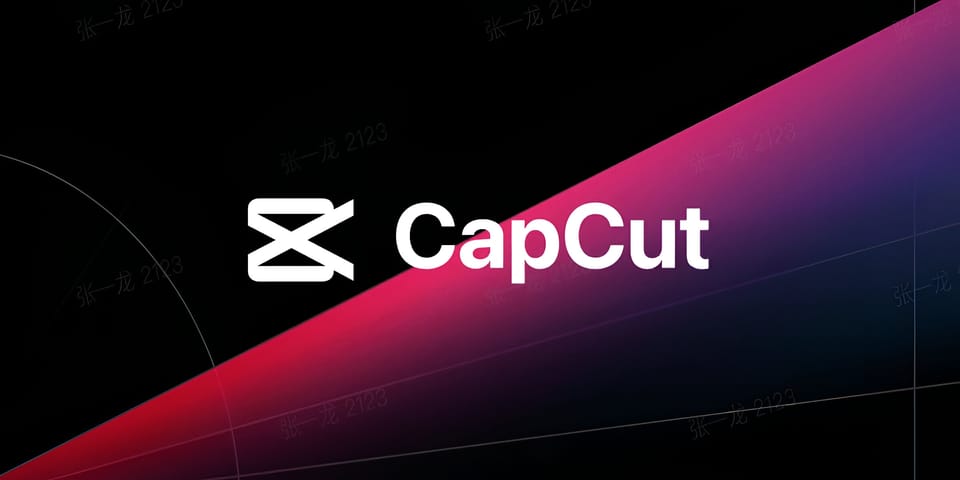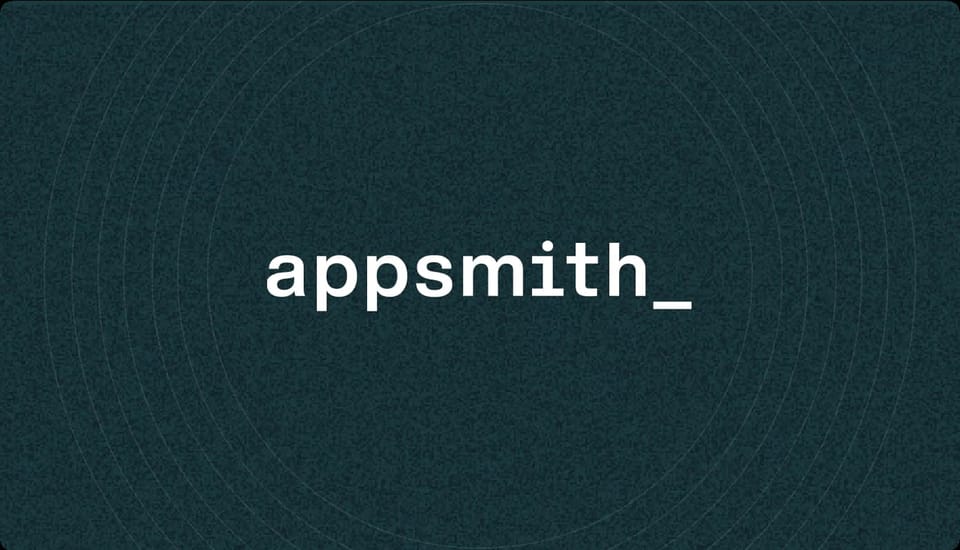Sudowrite vs. the Human Touch: Can AI-Generated Novels Win Pulitzer Prizes?
Can AI match human creativity? Sudowrite sparks debate: Could an AI novel ever claim a Pulitzer, blending tech with literary brilliance?

With the emergence of AI-sketched content, specifically by tools like Sudowrite, arguments have emerged regarding the future of novel writing's ability to stand in competition with human authors.
Sudowrite applies advanced algorithms to speed up the plot, character structure, and even full novels for the writers.
But can AI-generated creations ever hope to be equal in terms of art and emotion as those created by human hands?
As we explore this interesting nexus of technology and literature, we have to consider whether AI-generated novels can ever be in the running for prestigious awards such as the Pulitzer Prize.
Sudowrite and the AI Revolution in Creative Writing

Sudowrite is rapidly becoming a revolutionary in the area of creative writing, leveraging artificial intelligence to help authors overcome many common obstacles, such as writer's block.
This powerful writing assistant provides a suite of features that improve the creative process, including brainstorming prompts, tools to develop characters, and the ability to build scenes.
Sudowrite works by analyzing the style and context of a writer and with this analyzes to give tailored suggestions that help improve narrative flow and creativity.
This platform is very useful for experienced and novice writers, generating plot ideas and even allowing them to draft scenes based on certain prompts.
Most users' feedback has been overwhelmingly positive about Sudowrite, describing it as user-friendly and inspiring creativity.
With AI constantly evolving, Sudowrite is among the many tools changing the face of story development, giving rise to the question of whether there is a future for literature with AI or if humans are just becoming the creators in a highly automated world.
The Pulitzer Prize and its Criteria

The Pulitzer Prize is a highly respected set of awards that Columbia University hands out annually, focusing on excellence in journalism, literature, and music.
It was established in 1917 by newspaper publisher Joseph Pulitzer and has awards in 23 categories, such as fiction, drama, biography, and several forms of journalism.
Each category had its specific criteria regarding eligibility. For example, only U.S. citizens could submit works for the categories of literature, whereas any nationality was permissible for journalism entries as long as the work concerned U.S. topics.
The selection process will involve a multiple jury, who will read all the submissions and recommend a final list. Then, the decision for the winners rests with the majority vote of the Pulitzer Board.
Interestingly, it is within the board's prerogative not to give out a prize when no entry seems to reach the board's threshold.
This very evaluation process makes the Pulitzer Prize stringent in terms of integrity and prestige, awarding only quality work that the literary and journalistic community can rally around.
The Limitations of AI in Replicating Human Creativity

In general, while tools such as Sudowrite continue making huge breakthroughs in their use in aiding a writer's skills, it continues to come to an extent inherent to replication - something more substantial and different compared to that by a human writer.
An outstanding limitation comes across the incapability of emotive depth as informed by the lived experiences behind all human narration; the generated AI text bases only on pattern, not to have emotions like one from humanity.
One cannot forget how poorly AI deals with cultural understanding or subtlety, qualities often enriching a work.
Being able to interpret vast expanses of text material, an algorithm cannot pull out lived experiences and intuit humanly the play in human connection relationships. Lack can result in somewhat formulaic and superficial works of fiction.
In addition, AI-generated content often needs much editing and refining by human writers to achieve a polished final product.
Thus, while AI may be a very useful tool in the creative process, it cannot replace the unique insights and creativity that only human authors possess.
The Role of AI as a Tool, Not a Replacement

The growing landscape of creative writing is forcing even greater recognition of these AI tools- Sudowrite, for one-as aids that complement human writers rather than compete with them.
These technologies add inspiration, stimulate ideas, and help with all the structural pieces of storytelling; by automating some of that work, the AI frees human writers to tend to the things that are hard to automate-first and foremost character development and themes.
In addition, AI can facilitate editing by suggesting improvements and inconsistencies, thereby saving time.
With these capabilities, writers can maximize their productivity and creativity in the process, producing more refined works.
It is important to remember, though, that AI lacks the inherent human understanding of emotions and experiences that make up real storytelling.
In this context, AI becomes a creative collaborator to the process, enabling writers to explore more avenues while still holding onto the big humanness which translates into all engaging literature.
Conclusion
The integration of AI tools such as Sudowrite in the creative writing process offers a two-way opportunity and challenge.
On one hand, these technologies enhance productivity and inspire new ideas; on the other hand, they cannot reproduce the emotional depth and cultural nuances that are the essence of human storytelling.
Therefore, as the literary landscape continues to evolve, AI must be seen as a supporting tool rather than a replacement for human creativity.



